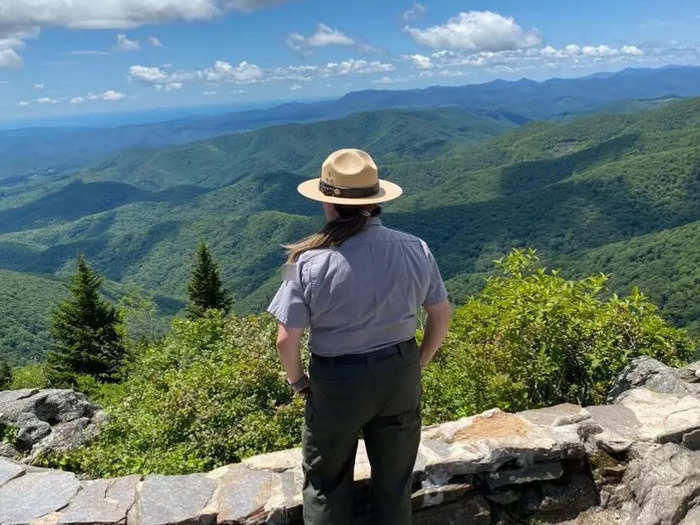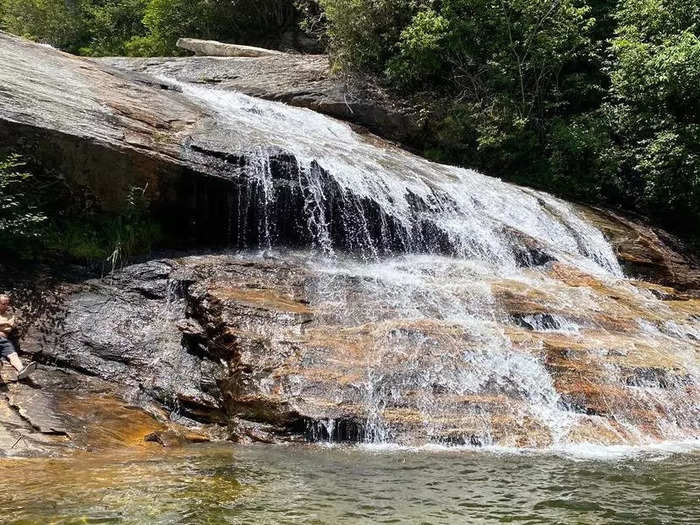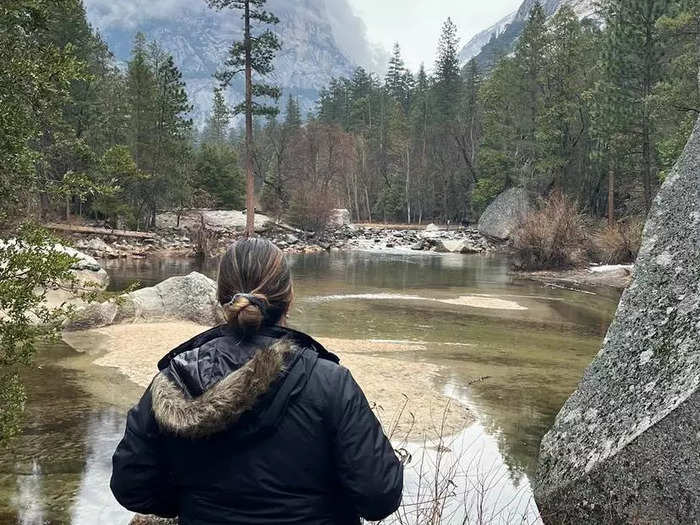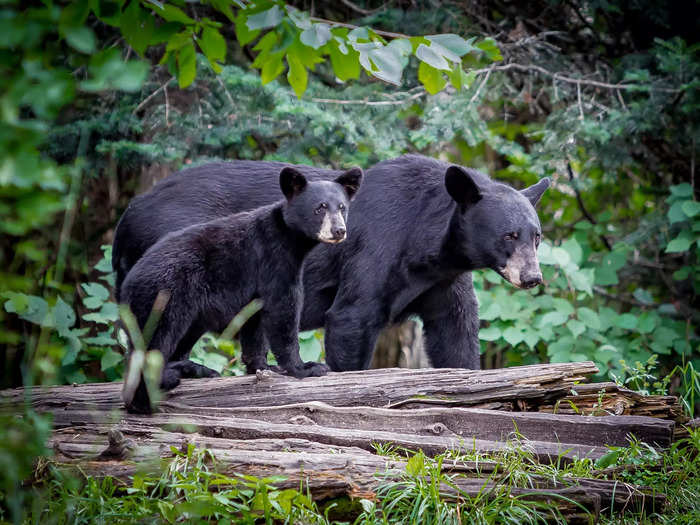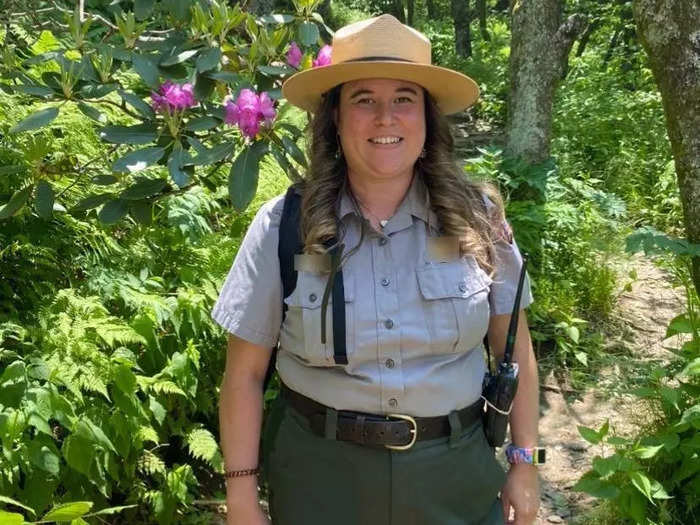Over a six-year period, I worked at both state and national parks. Danielle Jackson
- Over the last six years, I worked as a park ranger at US state and national parks.
- I saw guests make common mistakes when visiting the parks, like assuming they'll have cell service.
I've always had a fascination when it came to state and national parks. Growing up, I visited parks like the Grand Canyon and spent a lot of time camping in small, local parks.
In 2017, I received my undergraduate degree in geology and began my career as an intern at a National Parks Service site.
I also spent a season working at a state park in California.
However, I dreamed of being able to wear the coveted flat hat and get my foot in the door as a park ranger. Eventually, that dream became a reality in 2021 when I became a park ranger at my first national park.
Since then, I've worked for many different state and national parks.
Here are five common mistakes I saw guests make while visiting the parks.
Assuming they'll have access to WiFi and cell service
Many guests incorrectly assume they'll have access to cell service in the parks. Danielle Jackson
When I was working in the parks, visitors sometimes incorrectly assumed they'd have access to WiFi and cell service during their visit. However, this wasn't usually the case.
I always recommend that visitors write down important navigation information before their visit.
Not checking the park's website and social media pages before visiting
Guests should always check the park's website and social media pages for updates before visiting. Danielle Jackson
When I worked for my last park, we had constant road closures due to trees down, rock slides, or car accidents. Updates regarding incidents like these were posted on our website ASAP.
Before entering a park, visitors should call the visitor's center or check the park's social media pages and website for up-to-date information.
Straying from designated trails
Straying from marked trails can be extremely dangerous. Danielle Jackson
While working at the Blue Ridge Parkway in North Carolina, we had several well-marked trails for hikers to enjoy and take in the beautiful scenery.
However, several areas of these trails were often closed to protect rare or sensitive plant species or to help mitigate land issues like erosion.
Unfortunately, as a park ranger, I saw folks jumping off the designated path all too often. Many visitors fail to realize that trail markers are there for their own safety, as well as for the safety of the park itself.
Forgetting that many national and state parks have wildlife to be aware of
Guests were often surprised when I mentioned the black bears who lived in the park. jo Crebbin/Shutterstock
Most national parks have wildlife that visitors should be aware of.
However, while working at a national park, I would often see people's eyes grow large as soon as I mentioned that our park was saturated with black bears.
In general, it's best to give wildlife plenty of space. If guests came across a bear, I reminded them not to run and to make themselves look as tall as possible.
Failing to properly prepare for a hike
Hikers should always come prepared with the 10 essentials. Danielle Jackson
When working in the parks, I saw many guests who did not come prepared for a hike.
I always tried to educate visitors on what the National Park Service calls the 10 essentials. These are items like sunscreen, water, and snacks that visitors should always have with them on a hike.
Other essentials include a compass or navigation system, flashlight, first-aid kit, emergency shelter, fire starter, knife, and extra clothes.
I also reminded visitors to remember their own physical limits when choosing a hike. Above all else, park rangers want guests to stay safe and enjoy their time in the parks.

